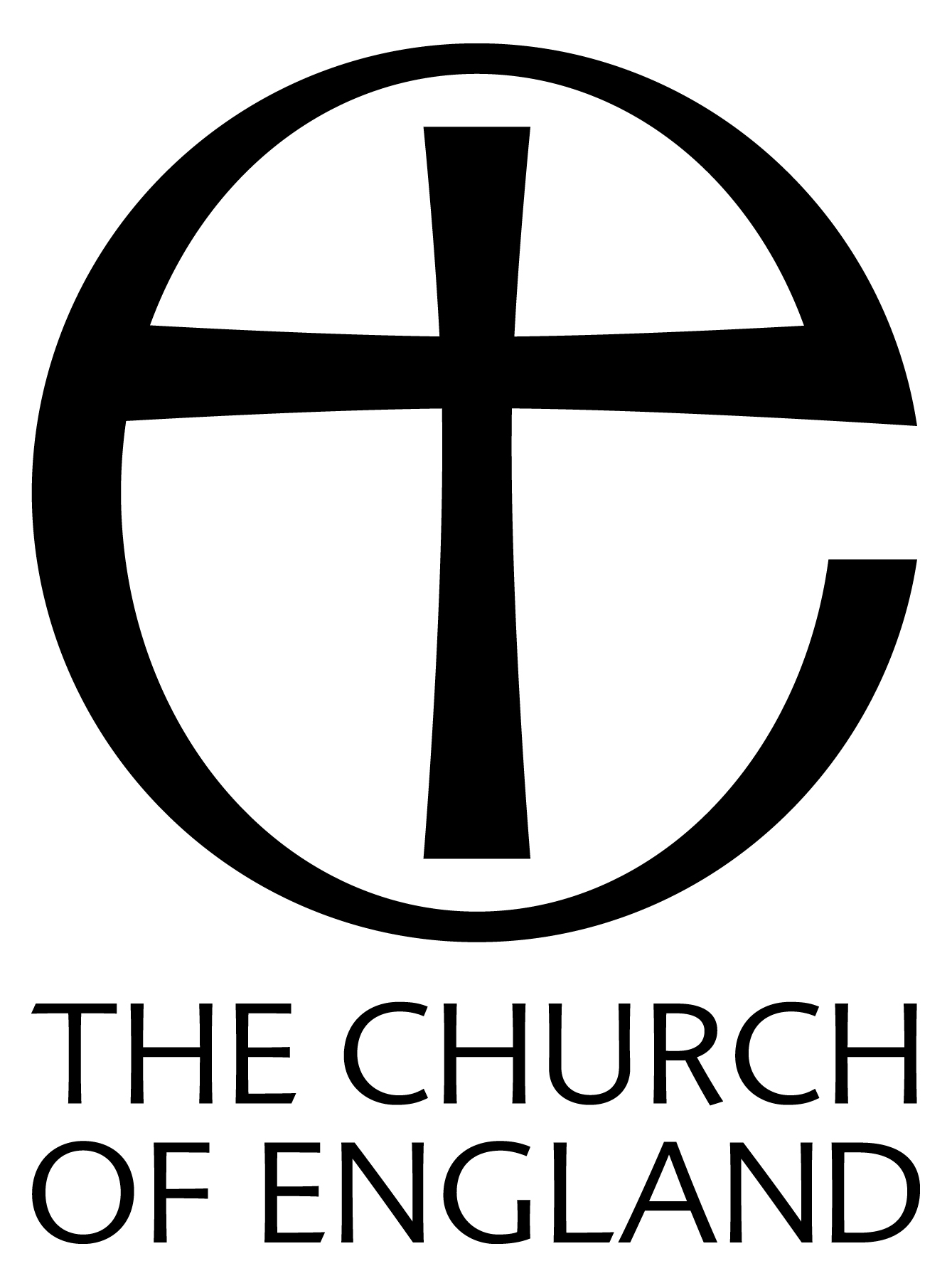Reproduced from
DRYPOOL -
Being a History of the Ancient
Parish of Drypool cum Southcoates
by M. Edward Ingram (1959)
by M. Edward Ingram (1959)
| < < < | > > > |
|
This had to be kept in the church ready for use when needed. It was under the care of the Parish Constable. A muster Roll of 1584 gives us the extent of the parish weapons and the militia. "Common Armour, 1 corselet, 1 bow, 1 sheaf of arrows, ] harquebusse, 1 murrion," and the militia, " 3 pikemen, 6 biIlmen, 8 calevers, 7 archers." When the seventeenth century opened George Cockerrill was still vicar of Sculcoates and DrypooJ. Six years were to elapse before his death, and during that time several tragic events were entered by him in the register. The Blockhouses had taken on a more sinister character during the reign of Elizabeth. Largely constructed from the demolished monastic establishments of the neighbourhood, these grim buildings were now used to house prisoners, who by adhering to the Roman obedience were politically suspect. Conditions were often appalling and the sufferings of these unfortunates great. Those who paid the penalty of their steadfast faith dragged out their wretched existence until death finally released them. Then they were buried without ceremony as the following entry shows. " Thomas Cletheray a recusant of the North Blockhouse was put into his grave in Drypoll churchyard the 7th day of March by the meanes of Henry Garratt without the minister and without the order of buriall according to lawe." C]itherah is a local name which occurs a number of times at Sculcoates, whilst a Henry Garrat was presented in ]590 for not paying" his dueties to the Curate nor his dueties to the Churche " there. |
In 1603, the plague paid one of its periodic visits to the district. Two deaths can be attributed to this at Sculcoates, but at Drypool it took a heavier toll. The first death a peste is that of John Robson, who was buried 25th July. Throughout the warm month of August the number rose to thirteen. Death laid its merciless hand particularly on the family of Alexander Medcalfe, four members of which perished during the fatal month. The same Alexander, in his will, left ten shillings to the "poore of drypoll," and this was handed over by his brother Edward to the churchwardens on 6th May, 1604. A fortnight later, a further note gives the distribution of this small legacy. "First to widdow Jeggar 12d." Stephen Stoker and William Harrison received a similar amount. 2/6 was given to " James Bell, his wife and children," a similar sum to Thomas Wood, and the remaining two shillings to WilIiam Cowley. In 1606, George Cockerrill died. His will, dated 1st May, 1606, is that of a typical Elizabethan parson. The preamble is picturesquelly phrased, and his bequests illustrate the tremendous concern for the poor felt by many Elizabethan parsons. " I doe bequeath my soule unto the hands of Allmighty God my Creator, whoe gave it And steadfast lie believinge that he will receive the same for his sonne Jesus Christ's sake, in whome he is well pleased, for he is the lambe of God which takes awaie my sinnes. Neither doe I acknowledge salvacon in any other for he loved me and gave himselfe for me. I doe committ my body to be buried in the churche or churchyard as it shall please my friendes, believinge that I shall in body rise againe out of the Earthe in the laste daie and I shal be covered again with my skyne and shall see God in my fleshe and I myselfe shall behold him, not with other eyes, but with |

|
|

|
|